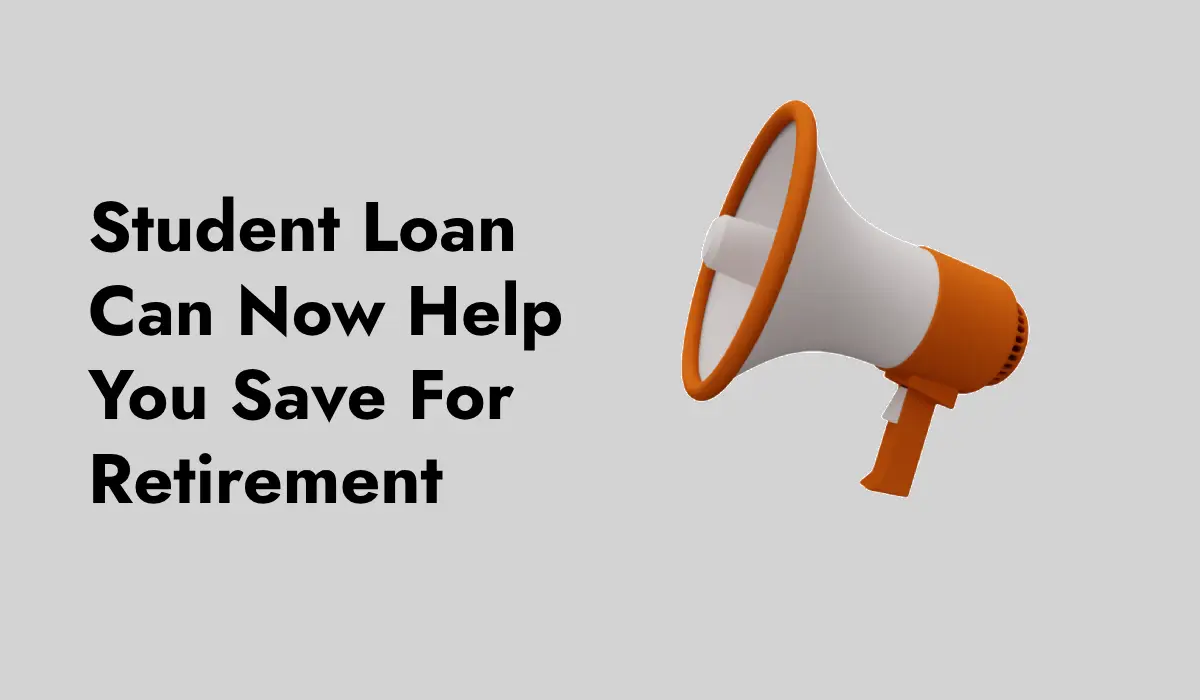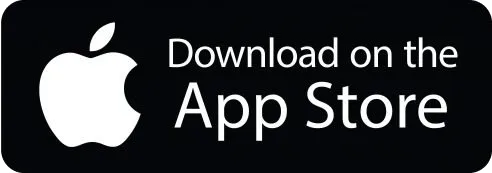Americans repaying student loans may suddenly find it easier to save for retirement.
As of 2024, new laws assist employees who make student loan payments rather than contributing to a 401(k), 403(b), or SIMPLE IRA. Under the Secure Act 2.0, passed in 2022, employers can now match loan payments with contributions to their employees’ retirement plans.
To be eligible for the match, a college loan payment must have been used to repay debt accrued by the employee for their own qualified higher education expenses, such as tuition, fees, and room and board. Employers may ask employees to verify how much they paid in qualified student loan installments each year.
This part of the statute covers years of the retirement plan that started after December 31, 2023. Millions of borrowers who resumed paying their federal student loans in October 2023 following a three-and-a-half-year break due to the pandemic may benefit from the timing.

- Est APR = 4.89-9.04%
- MIn Credit Score = 680
- No fees.
4
editorial team. We score based on factors
that are helpful for consumers, such as
how it affects credit scores, the rates and
fees charged, the customer experience,
and responsible lending practices.
Related: Navient is Quietly Offering Private Student Loan Forgiveness
How Your Employer Can Help You Pay Down Your Student Loans
Employers should be able to draw and retain talented employees with the support of the Secure 2.0 provision. Speak with hiring managers or human resources departments about retirement plan matching and other benefits if you’re a job seeker with heavy debt.
Employers may provide additional support, such as a stipend for college loan payments if they still need to make loan-matching 401(k) contributions.
The new policy is consistent with the administration’s other loan relief initiatives in the last 12 months. The Biden Administration has been implementing federal student loan forgiveness and relief plans. Refinancing your loans can be advantageous for you, depending on the amount of your debt.

- Est APR = 4.89-9.04%
- MIn Credit Score = 680
- No fees.
4
editorial team. We score based on factors
that are helpful for consumers, such as
how it affects credit scores, the rates and
fees charged, the customer experience,
and responsible lending practices.


 Read More
Read More 




